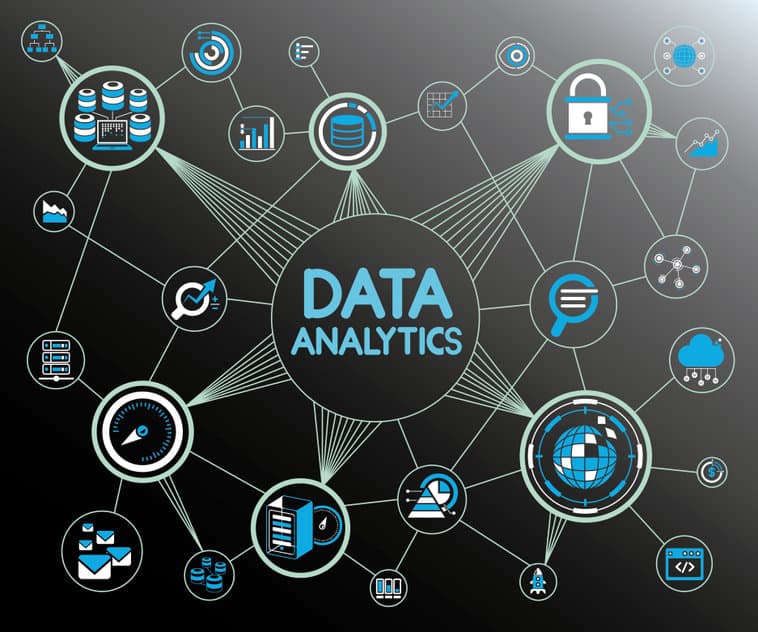Data analytics has become essential to contemporary businesses. Herein lies the role of data analytics, which provides companies with the means to glean insightful information, arrive at wise decisions, and foster long-term expansion. In-depth discussions of the importance, techniques, applications, and potential to revolutionize various industries’ businesses will be covered in this piece. The process of looking through unprocessed data to find patterns, trends, correlations, and other important insights that can guide business strategy and decision-making. Businesses of all sizes and sectors depend more on data analytics in today’s data-driven world to improve customer experiences, streamline operations, and obtain a competitive edge.
Methodologies
Descriptive analytics focuses on condensing historical data to understand what has happened in the past. To provide insights into trends, patterns, and anomalies within the data, entails fundamental statistical analysis, data visualization, and reporting techniques.
Diagnostic analytics looks more closely at historical data to try and determine why specific things happened the way they did.
Predictive analytics utilizes machine learning algorithms, data mining techniques, and statistical modeling to predict future trends or outcomes based on historical data patterns. Businesses can foresee future events, reduce risks, and take proactive measures by using predictive analytics to analyze historical data.
To produce useful insights and direct decision-making in real time, it makes use of simulation models, optimization algorithms, and decision-analysis techniques.
Applications
To better understand customer behavior, preferences, and trends, customer analytics makes use of data from a variety of sources. Businesses can better segment their customer base, personalize marketing campaigns, and improve the customer experience by analyzing customer data.
Analyzing historical data, market trends, and other pertinent factors to identify possible risks and opportunities is a critical function of risk management. It assists businesses in reducing risks and arriving at well-informed decisions, ranging from financial risk assessment to fraud detection.
The analysis of inventory levels, demand forecasts, transportation routes, and supplier performance, helps businesses optimize their supply chain processes. Businesses may decrease expenses, expedite delivery times, and streamline operations by locating inefficiencies and bottlenecks.
Transformative Impact
Businesses may shift from making decisions based solely on intuition to adopting evidence-based plans based on data-driven insights by utilizing data analytics. Better results, less uncertainty, and more informed decision-making result from this.
Businesses can increase customer satisfaction, loyalty, and retention by personalizing interactions, customizing product offerings, and anticipating customer needs through the analysis of customer data.
Companies that successfully use their advantage acquire a competitive edge through understanding customer needs, spotting market trends, and foreseeing shifts in the competitive landscape.
Organizations can use it to find inefficiencies, simplify procedures, and allocate resources optimally across different departments. Increased productivity, cost savings, and improved operational efficiency are the outcomes of this.
Spotting new opportunities, developing trends, and streamlining corporate procedures stimulate creativity. This promotes sustainable growth and market differentiation by empowering companies to innovate their offerings regarding goods, services, and business models.
It is now a crucial component of modern business operations, from providing actionable insights to guiding business strategies and improving customer experiences. Through the adoption of methodologies, applications, and best practices, organizations can harness the transformative power of data to achieve a competitive advantage and lay the groundwork for future success in the connected age.




Leave a reply